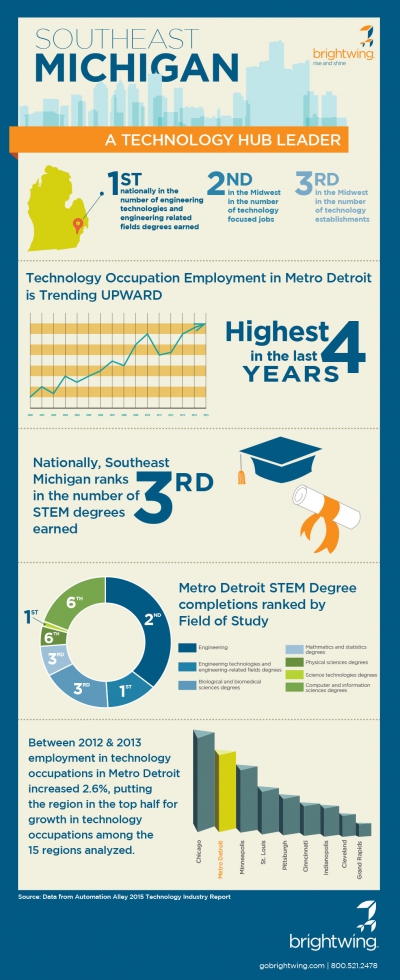For engineers, the challenge isn’t finding job opportunities—it’s being able to differentiate themselves from others with similar skillsets. Now, more than ever, engineers need to go beyond expertise and professional background to secure their ideal job. Here are 3 ways stand out as an engineering job seeker: Speak to your Soft Skills There…
Continue reading ...
Even during times of high unemployment, managers often lament that there aren’t enough qualified candidates out there. Follow these tips to increase your marketability and become highly sought-after in a competitive job market at your current employer or anywhere else.
Continue reading ...
Staying organized is essential to survive in the workplace. Not only does it reduce stress, but it helps you be more efficient– It’s a win, win! Try out these 4 easy tips for staying organized at work. 1. Prioritize Get rid of the clutter and focus on what’s important! Whatever it is you…
Continue reading ...
As the school year begins, career fair season is upon us. Regardless of what academic year you’re in, the first and most important tip is to take advantage of these fairs. In today’s market, employers are eager to find their next candidates and attending a career fair is a great way to get your…
Continue reading ...
Employment for tech jobs in Southeast Michigan has skyrocketed in the last 4 years. From engineering to science technologies, Metro Detroit ranks among the best. The growing technology hub has even been compared to Silicon Valley in recent months. Many of the vast opportunities in Southeast Michigan stem from its booming tech economy. That being said, most…
Continue reading ...
- August 11, 2016
-
Accounting & Finance, Career Growth, Engineering, Entry-Level, Human Resources, Information Technology, Interview Tips, Job Search, Job Seekers, Marketing, Operations
Negotiating a job offer begins the moment you start your job search. The key is to be prepared by researching similar positions in the industry. Doing your homework will help you make smarter, more reasonable decisions and establish a negotiation strategy. The most important factor in negotiating a job offer is confidence – confidence…
Continue reading ...
Employee Loyalty: Value vs. Obligation What? Is there such a thing as being too loyal to your employer? Yes, there is: when it interferes with your professional development. In general, employee loyalty is a valuable quality; there’s nothing wrong with owning your role and enjoying your job. However, when employee loyalty evolves from a mutual value-add for…
Continue reading ...
This may be the understatement of the year: right now there is an incredible need for engineers. All skill sets and experience levels are in high demand from start ups to giant corporations, but that doesn’t mean that every engineer will be employed or successful. In the thriving STEM fields, interpersonal skills are becoming increasingly important…
Continue reading ...
Mastering your elevator pitch can land you the job you’ve been looking for! Whether you’re at a networking event, hanging-out with friends or actually run into someone in an elevator, your elevator pitch must grab people’s attention. What is an elevator pitch? An elevator pitch is a 30-second speech used to summarize who you are, your…
Continue reading ...
We’ve said it before and we’ll say it again– Professional Networking is essential for your career. From the grocery store to a professional networking event, you should always be prepared. With the right guide, you can strengthen your networking skills and improve on your weaknesses. Follow these tips to make a greater impression while networking: 1….
Continue reading ...











